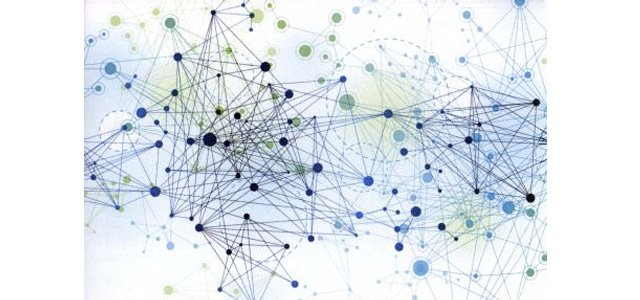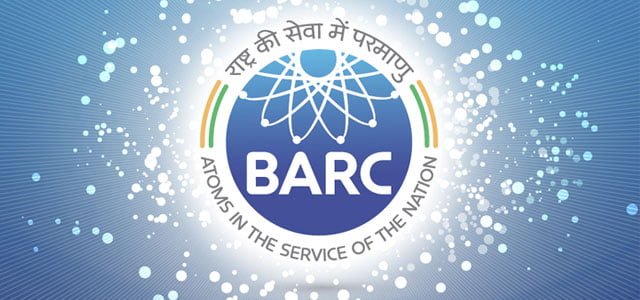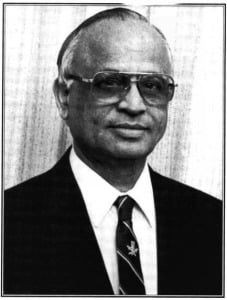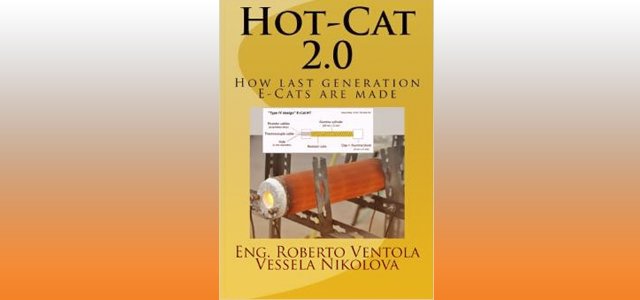 CURRENT SCIENCE
CURRENT SCIENCE
Volume 108 – Issue 4 : 25 February 2015
Special Section: Low Energy Nuclear Reactions
Preface (491) | February 2015, 108 (04) DjVu | PDF
Srinivasan, M.; Meulenberg, A.
Cold fusion: comments on the state of scientific proof (495) | February 2015, 108 (04) DjVu | PDF
McKubre, Michael C. H.
Extensions to physics: what cold fusion teaches (499) | February 2015, 108 (04) DjVu | PDF
Meulenberg, A.
Phonon models for anomalies in condensed matter nuclear science (507) | February 2015, 108 (04) DjVu | PDF
Hagelstein, Peter L.; Chaudhary, Irfan U.
Development status of condensed cluster fusion theory (514) | February 2015, 108 (04) DjVu | PDF
Takahashi, Akito
Model of low energy nuclear reactions in a solid matrix with defects (516) | February 2015, 108 (04) DjVu | PDF
Sinha, K. P.
Selective resonant tunnelling – turning hydrogen-storage material into energetic material (519) | February 2015, 108 (04) DjVu | PDF
Liang, C. L.; Dong, Z. M.; Li, X. Z.
Coherent correlated states of interacting particles – the possible key to paradoxes and features of LENR (524) | February 2015, 108 (04) DjVu | PDF
Vysotskii, Vladimir I.; Vysotskyy, Mykhaylo V.
How the explanation of LENR can be made consistent with observed behaviour and natural laws (531) | February 2015, 108 (04) DjVu | PDF
Storms, Edmund
Introduction to the main experimental findings of the LENR field (535) | February 2015, 108 (04) DjVu | PDF
Storms, Edmund
Review of materials science for studying the Fleischmann and Pons effect (540) | February 2015, 108 (04) DjVu | PDF
Violante, V.; Castagna, E.; Lecci, S.; Sarto, F.; Sansovini, M.; Torre, A.; La Gatta, A.; Duncan, R.; Hubler, G.; El Boher, A.; Aziz, O.; Pease, D.; Knies, D.; McKubre, M.
Highly reproducible LENR experiments using dual laser stimulation (559) | February 2015, 108 (04) DjVu | PDF
Letts, Dennis
Sidney Kimmel Institute for Nuclear Renaissance (562) | February 2015, 108 (04) DjVu | PDF
Hubler, G. K.; El-Boher, A.; Azizi, O.; Pease, D.; He, J. H.; Isaacson, W.; Gangopadhyay, S.; Violante, V.
Progress towards understanding anomalous heat effect in metal deuterides (565) | February 2015, 108 (04) DjVu | PDF
Azizi, O.; El-Boher, A.; He, J. H.; Hubler, G. K.; Pease, D.; Isaacson, W.; Violante, V.; Gangopadhyay, S.
Replicable cold fusion experiment: heat/helium ratio (574) | February 2015, 108 (04) DjVu | PDF
Lomax, Abd ul-Rahman
Observation of radio frequency emissions from electrochemical loading experiments (578) | February 2015, 108 (04) DjVu | PDF
Kidwell, D. A.; Dominguez, D. D.; Grabowski, K. S.; DeChiaro Jr, L. F.
Condensed matter nuclear reactions with metal particles in gases (582) | February 2015, 108 (04) DjVu | PDF
Cravens, Dennis; Swartz, Mitchell R.; Ahern, Brian
Use of CR-39 detectors to determine the branching ratio in Pd/D co-deposition (585) | February 2015, 108 (04) DjVu | PDF
Mosier-Boss, P. A.; Forsley, L. P.; Roussetski, A. S.; Lipson, A. G.; Tanzella, F.; Saunin, E. I.; McKubre, M.; Earle, B.; Zhou, D.
Brief summary of latest experimental results with a mass-flow calorimetry system for anomalous heat effect of nano-composite metals under D(H)-gas charging (589) | February 2015, 108 (04) DjVu | PDF
Kitamura, A.; Takahashi, A.; Seto, R.; Fujita, Y.; Taniike, A.; Furuyama, Y.
Condensed matter nuclear science research status in China (594) | February 2015, 108 (04) DjVu | PDF
Dong, Z. M.; Liang, C. L.; Li, X. Z.
Dry, preloaded NANOR®-type CF/LANR components (595) | February 2015, 108 (04) DjVu | PDF
Swartz, Mitchell R.; Verner, Goyle M.; Tolleson, Jeffrey W.; Hagelstein, Peter L.
Directional X-ray and gamma emission in experiments in condensed matter nuclear science (601) | February 2015, 108 (04) DjVu | PDF
Hagelstein, Peter L.
Observation and investigation of anomalous X-ray and thermal effects of cavitation (608) | February 2015, 108 (04) DjVu | PDF
Vysotskii, V. I.; Kornilova, A. A.; Vasilenko, A. O.
Martin Fleischmann Memorial Project status review (614) | February 2015, 108 (04) DjVu | PDF
Valat, Mathieu; Hunt, Ryan; Greenyer, Bob
Observation of neutrons and tritium in the early BARC cold fusion experiments (619) | February 2015, 108 (04) DjVu | PDF
Srinivasan, Mahadeva
Introduction to isotopic shifts and transmutations observed in LENR experiments (624) | February 2015, 108 (04) DjVu | PDF
Srinivasan, Mahadeva
Transmutation reactions induced by deuterium permeation through nano-structured palladium multilayer thin film (628) | February 2015, 108 (04) DjVu | PDF
Iwamura, Yasuhiro; Itoh, Takehiko; Tsuruga, Shigenori
Biological transmutations (633) | February 2015, 108 (04) DjVu | PDF
Biberian, Jean-Paul
Microbial transmutation of Cs-137 and LENR in growing biological systems (636) | February 2015, 108 (04) DjVu | PDF
Vysotskii, V. I.; Kornilova, A. A.
Energy gains from lattice-enabled nuclear reactions (641) | February 2015, 108 (04) DjVu | PDF
Nagel, David J.
Lattice-enabled nuclear reactions in the nickel and hydrogen gas system (646) | February 2015, 108 (04) DjVu | PDF
Nagel, David J.
Summary report: ‘Introduction to Cold Fusion’ – IAP course at the Massachusetts Institute of Technology, USA (653) | February 2015, 108 (04) DjVu | PDF
Verner, Gayle; Swartz, Mitchell; Hagelstein, Peter
Status of cold fusion research in Japan (655) | February 2015, 108 (04) DjVu | PDF
Kitamura, Akira
Condensed matter nuclear reaction products observed in Pd/D co-deposition experiments (656) | February 2015, 108 (04) DjVu | PDF
Mosier-Boss, P. A.; Forsley, L. P.; Gordon, F. E.; Letts, D.; Cravens, D.; Miles, M. H.; Swartz, M.; Dash, J.; Tanzella, F.; Hagelstein, P.; McKubre, M.; Bao, J.











